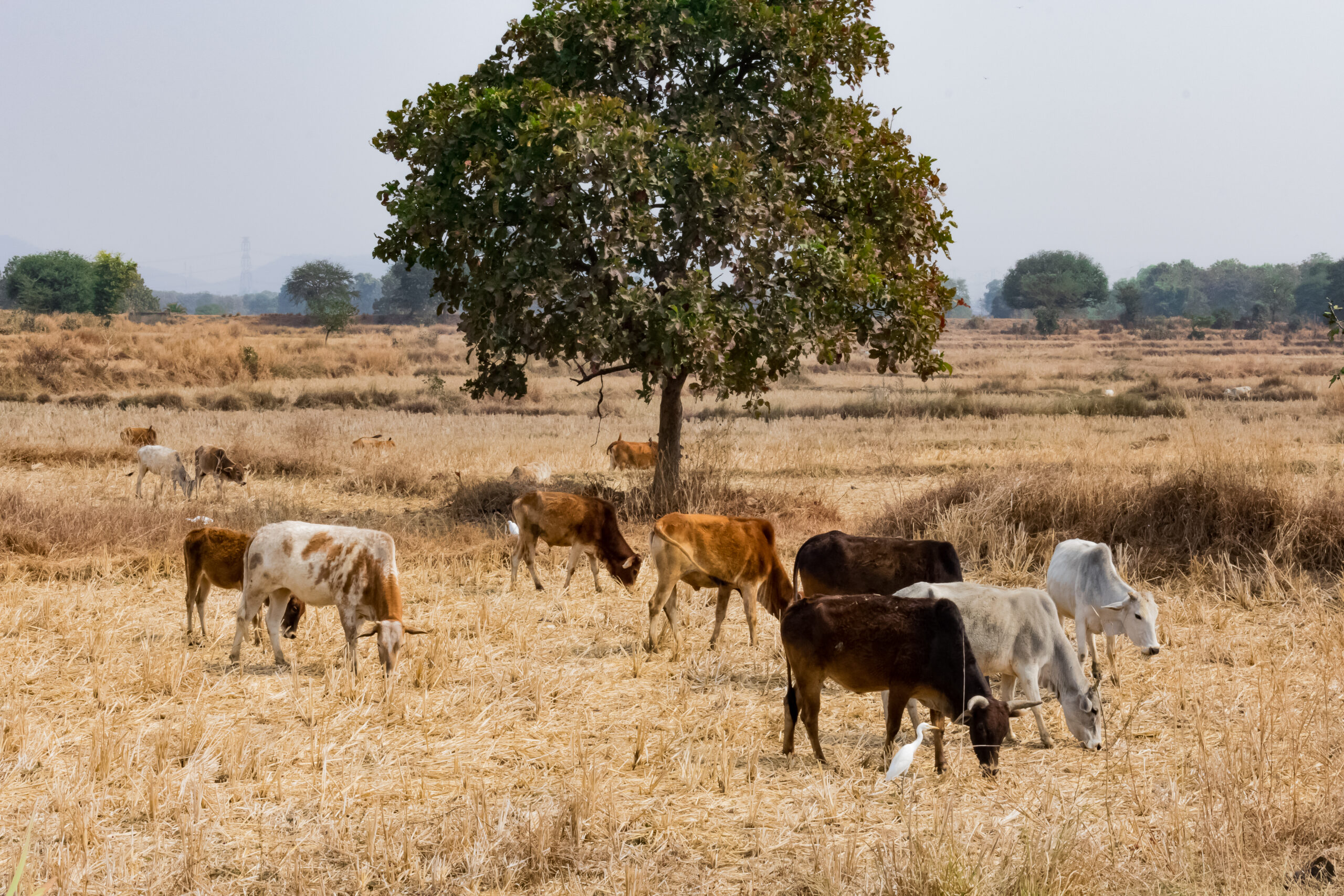Why not Leather?

The leather industry predominantly relies on animal hides, mainly cows.
With the leather goods industry projected to reach US$ 405 billion by 2030, it is fueling the demand for cattle farming,
beyond just being the byproduct of the beef industry, rather the reason for cattle farming and killing of animals.
Deforestation
Cattle grazing for the beef and leather industry is a major cause of deforestation and
greenhouse gas emissions globally. It is responsible for 80% of deforestation in the Amazon.
This leads to significant biodiversity loss, increased fire risk, and soil erosion.
Water Consumption
Raising animals for leather purposes requires huge quantities of water. According to
Water Footpront Network, producing 1 kg of leather requires 17,000 litres of water.
Emissions
Livestock farming is a significant contributor to greenhouse gas (GHG) emissions,
particularly methane (CH4) and nitrous oxide (N2O), which have higher global warming potentials than
carbon dioxide (CO2). The Food and Agriculture Organization (FAO)
has estimated that livestock contributes to 14.5% of global GHG emissions,
with cattle farming being a major component.
Toxic Chemicals
Leather tanning uses harmful chemicals such as Chromium, formaldehyde,
and arsenic that pollute water and soil.
Waste Production
The global leather industry generates 600,000 tons of solid waste annually, majority of which is considered hazardous in nature.
Inspiring conscious living that promotes compassion through our offerings of sustainable, cruelty-free products.